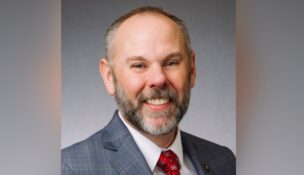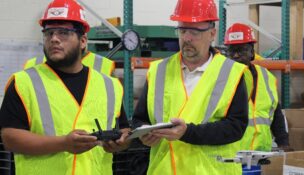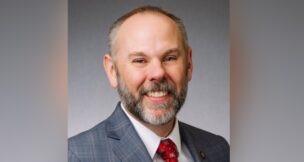Millennials moving into residential market
Melinda Waldrop //July 25, 2018//
Danielle Park is not a typical millennial.
At 32, she just became a homeowner for the third time, moving with her husband to a custom-built house in Chapin.
But then again, a typical millennial is becoming an oxymoron in the residential real estate market. Mental images of a slacker several years past college graduation residing in his or her parents’ basement are at least a year out of date.
“More than half the buyers in 2017, for the first time, were millennials,” said Nick Kremydas, CEO of the S.C. Association of Realtors. “That’s expected to grow to 65% within another year.”
Kremydas cited several factors for the flexing of market muscle by millennials — defined by the Pew Research Center as people born between 1981 and 1996 and reaching adulthood early in the 21st century. Millennials may be more financially secure, having had time to pay down student loans and other debt, and some are reaping the benefits of good, stable employment.
“I like to say jobs equal housing,” Kremydas said. “Our state has fared better than many other states in the country. We’re creating more jobs. We’re attracting a lot of prospects here.”
With rents skyrocketing in many markets, Kremydas added, it’s often cheaper to own a home than to rent.
Dianne Bunnell, broker-in-charge at ERA Wilder Realty’s midtown office on Devine Street, believes that for many millennials, it’s simply a matter of timing.
“The average age of a new homebuyer or a first-time homebuyer used to be 25 to 26. Now it’s 31,” Bunnell said. “A larger percentage of millennials are approaching the point in their careers and in their lives where it’s appropriate to buy a home. They’re settling down, they’re getting married, they’re having families, and that is going to continue, because the youngest millennial now is 23.”
Steve Boland, managing director of consumer lending at Bank of America, said older millennials have learned better financial habits, having saved money while living at home, and are also driven by FOMO: fear of missing out.
Homebuyer insight studies have shown a shift in millennials in their 30s who once were content “staying on the sidelines, staying with their parents, not bullish on homeownership,” he said. “But in the last year, they started talking about this fear of missing out and hearing about friends getting engaged and (seeing) homeownership on social media and thinking. ‘I have to get in on this as well.’ ”
Millennials are also helped, industry experts agree, by interest rates still hovering at record lows and an uptick in lending programs that make home purchases with a down payment as little as 3% possible.
Park bought her first house at 18, a feat she credits to a good job. Another house purchase followed during her first marriage, before she and her current husband, James, 33, an Air Force recruiter, recently relocated to South Carolina.
Having a home built instead of buying an existing one appealed to Park, who liked being able to specify preferences such as hardwood floors. She said a newly built home was also less likely to pose hazards for her middle son, who has severe allergies.
The idea of owning a home again became possible when her husband’s new, more stationary job made living off-base a possibility. The family was referred to ERA agent Petie Bradley, who utilized another industry trend emerging as millennials flood the market: technology.
While living in Arizona, Park took a FaceTime tour of a model home in what would become her new neighborhood.
“I took a leap of faith,” said Park, whose family couldn’t afford to fly to South Carolina until it was time to move. “We wanted to just kind of see the area and see what we could find. My in-laws actually came and met her (Bradley) at the model home and walked through it. My mother-in-law knows me very well, so she helped me figure out what I would like and what I would dislike, and then Petie, knowing the list that I gave her and talking to her so much. … We just put our trust in what they were telling us, and we went for it.”
That wasn’t a first for Bradley.
“I’ve sold three houses this year sight unseen, and one of them was close to $400,000,” she said. “It’s not just first-time homebuyers that are doing this.”
Baby boomers looking to downsize or otherwise fulfill retirement needs have also been satisfied with virtual visits, Bradley said. “Some of them know exactly what they want, and if they feel comfortable with the technology and they see it, they’ll go for it,” she said.
Present-day buyers, in particular millennials, are well-versed in supplementing their home searches with technology and often come into real estate offices with several prospects already identified through online sites such as Zillow.
“They have a lot more knowledge, they know exactly what they want, and they may even have a couple of houses picked out,” Bunnell said. “But when it comes time to make a decision, they do want an expert to guide them through the process.”
And more than a few millennials seem to have gotten the hang of this homebuying thing. Kremydas said a sizable segment of the demographic is looking for a second home, “something they can grow into” in the $250,000 price range.
“At some point, everybody wants to get out of the basement,” Kremydas said. “The American dream of homeownership is alive and well.”
l















